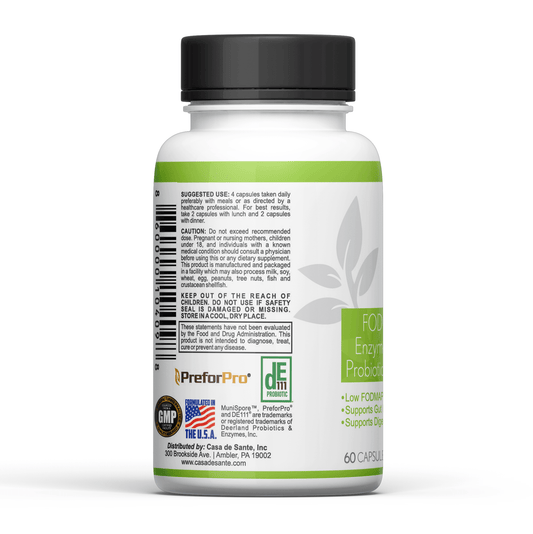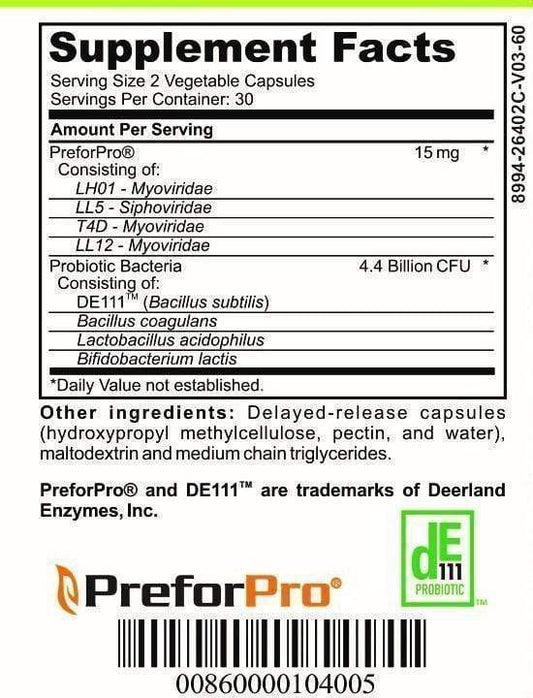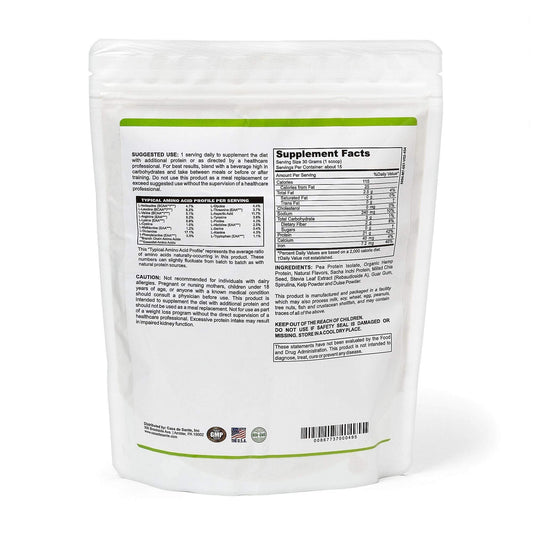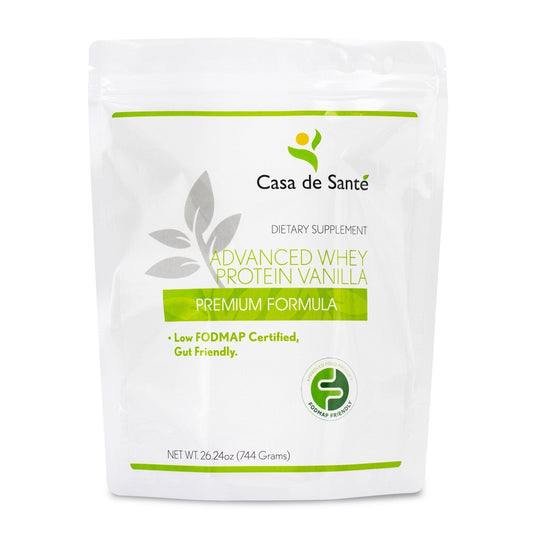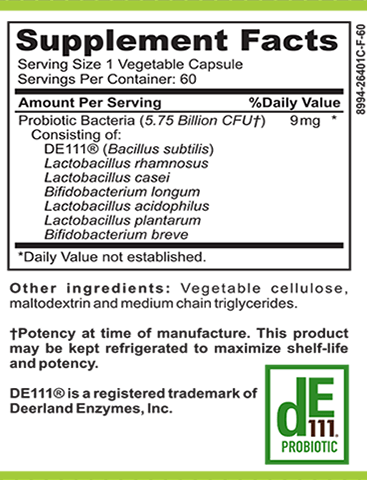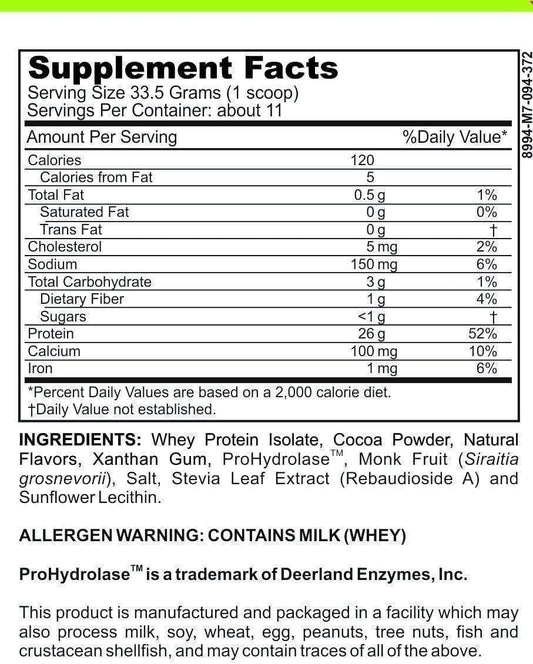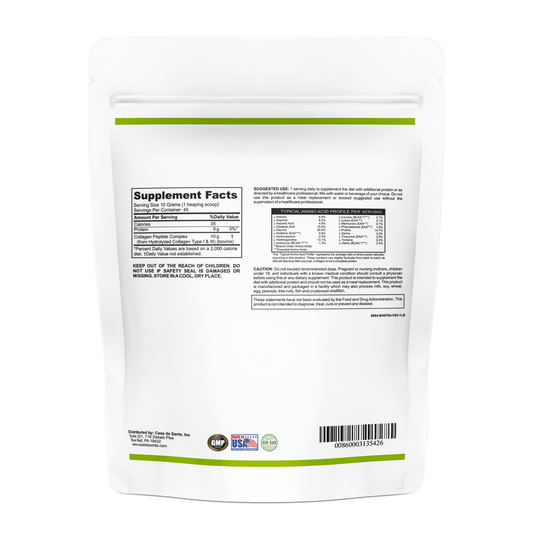Is Mustard Flour Gluten Free
Mustard flour has gained popularity in recent years as a versatile ingredient in various culinary creations. However, for individuals following a gluten-free diet, the question of whether mustard flour is gluten-free often arises. In this article, we will explore the gluten content of mustard flour and provide insights into gluten-free alternatives and the incorporation of mustard flour into a gluten-free lifestyle.
Understanding Gluten and Its Effects
Before delving into the topic, it is crucial to understand what gluten is and its implications on our health. Gluten is a protein found in grains such as wheat, rye, and barley. For individuals with celiac disease or gluten sensitivity, the consumption of gluten can lead to various adverse health effects.
What is Gluten?
Gluten is composed of two proteins, gliadin, and glutenin, which are responsible for the elastic texture in dough and the ability to retain gas during the baking process. This elasticity gives bread its desirable chewiness and structure.
When flour is mixed with water, the gluten proteins form a network that traps the carbon dioxide produced by yeast or baking powder, causing the dough to rise. This process is essential for the formation of bread and other baked goods. Without gluten, these products would be dense and flat.
Gluten is not only found in bread but is also present in a wide range of processed foods, including pasta, cereals, sauces, and even some cosmetics and medications. It acts as a binding agent, giving these products their desired texture and consistency.
Health Implications of Gluten
While gluten does not pose a health risk to most people, it can trigger severe health issues in individuals with celiac disease or gluten sensitivity. Celiac disease is an autoimmune disorder where the ingestion of gluten causes damage to the small intestine, leading to nutrient malabsorption and a range of symptoms such as digestive problems, fatigue, and skin issues.
Gluten sensitivity, also known as non-celiac gluten sensitivity, shares many similar symptoms with celiac disease, but without the intestinal damage. It is estimated that around 6% of the population may have gluten sensitivity, although the exact prevalence is still uncertain.
For individuals with celiac disease, the ingestion of even small amounts of gluten can trigger an immune response that damages the lining of the small intestine. Over time, this damage can lead to nutrient deficiencies and long-term health complications.
Gluten sensitivity, on the other hand, is a less severe condition. While it may cause discomfort and digestive issues, it does not result in the same level of intestinal damage as celiac disease. However, individuals with gluten sensitivity still need to avoid gluten to manage their symptoms effectively.
It is important to note that gluten intolerance and wheat allergy are distinct conditions from celiac disease and gluten sensitivity. Wheat allergy is an allergic reaction to proteins found in wheat, whereas gluten intolerance refers to a non-immune response to gluten that may cause digestive symptoms.
Given the potential health implications of gluten, it is essential for individuals with celiac disease, gluten sensitivity, or other related conditions to follow a strict gluten-free diet. This involves avoiding all sources of gluten and carefully reading food labels to ensure that products are gluten-free.
Fortunately, there are now many gluten-free alternatives available, allowing individuals with gluten-related conditions to still enjoy a wide variety of foods. These alternatives include gluten-free flours, bread, pasta, and even beer.
Furthermore, awareness of gluten-related conditions has increased in recent years, leading to improved labeling practices and increased availability of gluten-free options in restaurants and grocery stores.
In conclusion, understanding gluten and its effects is crucial for individuals with celiac disease, gluten sensitivity, or other related conditions. By avoiding gluten and following a gluten-free diet, these individuals can effectively manage their symptoms and maintain their overall health and well-being.
The Composition of Mustard Flour
Mustard flour is derived from grinding mustard seeds, which come from the mustard plant. It imparts a distinctively pungent flavor and aroma to dishes, making it a popular choice in many cuisines.
Mustard seeds, the primary ingredient in mustard flour, are small round seeds that come from the mustard plant. The mustard plant belongs to the Brassicaceae family and is closely related to other cruciferous vegetables like broccoli, cabbage, and kale. These seeds have been used for centuries as a spice and condiment, adding a unique tangy taste to various dishes.
When mustard seeds are ground into a fine powder, they transform into mustard flour. The grinding process involves crushing the seeds to release their natural oils and flavors. The seeds are typically dried and cleaned before the grinding process to ensure purity and enhance the quality of the resulting flour.
How is Mustard Flour Made?
Mustard flour is made by grinding mustard seeds into a fine powder. The seeds are typically dried and cleaned before the grinding process. The intensity of the resulting flour can vary depending on the type of mustard seeds used and the processing techniques employed.
The grinding of mustard seeds can be done using various methods, including traditional stone grinding or modern machinery. Stone grinding involves using a large stone mortar and pestle to crush the seeds manually, while modern machinery utilizes advanced grinding techniques to achieve a finer and more consistent texture.
During the grinding process, the mustard seeds release their natural oils, which contribute to the distinct flavor and aroma of the flour. The intensity of the flavor can be adjusted by selecting different types of mustard seeds, such as yellow, brown, or black mustard seeds. Each variety has its own unique characteristics, ranging from mild and slightly sweet to hot and spicy.
Nutritional Profile of Mustard Flour
Mustard flour is a low-calorie ingredient that packs a punch in terms of nutritional value. It is a good source of dietary fiber, protein, and essential minerals, such as calcium, iron, and magnesium. Additionally, mustard flour contains beneficial compounds, including antioxidants and phytochemicals.
Dietary fiber plays a crucial role in maintaining a healthy digestive system and promoting regular bowel movements. It helps prevent constipation and aids in weight management by promoting a feeling of fullness. Protein is essential for building and repairing tissues, supporting muscle growth, and maintaining a strong immune system.
Calcium, iron, and magnesium are vital minerals that contribute to overall health. Calcium is essential for strong bones and teeth, while iron is necessary for the production of red blood cells and oxygen transport in the body. Magnesium plays a role in various biochemical reactions and helps maintain normal nerve and muscle function.
Furthermore, mustard flour contains antioxidants, such as phenolic compounds and flavonoids, which help protect the body against oxidative stress and reduce the risk of chronic diseases. Phytochemicals, found in plants, have been associated with numerous health benefits, including anti-inflammatory and anticancer properties.
Incorporating mustard flour into your diet can be a flavorful way to enhance the nutritional value of your meals. Whether used as a seasoning in marinades, dressings, or sauces, or as a coating for meats and vegetables, mustard flour adds a distinctive taste and a range of health benefits to your culinary creations.
Exploring the Gluten Content in Mustard Flour
When it comes to determining whether mustard flour is gluten-free, several factors come into play, such as processing methods and the potential for cross-contamination.
Processing and Its Impact on Gluten Content
While mustard seeds themselves do not contain gluten, cross-contamination can occur during processing if they come into contact with gluten-containing grains or manufacturing equipment shared with gluten-containing products. Therefore, it is essential to carefully review the manufacturing processes and labels of mustard flour products to ensure they are gluten-free.
During the processing of mustard seeds into flour, it is crucial to maintain strict separation from any gluten-containing grains or products. Specialized equipment and facilities are often used to minimize the risk of cross-contamination. These measures help ensure that the final product is safe for individuals with gluten sensitivities or celiac disease.
Additionally, some manufacturers go the extra mile by implementing stringent testing protocols to verify the absence of gluten in their mustard flour products. These tests can detect even trace amounts of gluten, providing consumers with peace of mind.
Furthermore, the processing methods themselves can impact the gluten content in mustard flour. Certain techniques, such as cold milling or stone grinding, are believed to minimize the chances of gluten contamination. These methods involve grinding the mustard seeds at lower temperatures, reducing the risk of gluten proteins being introduced into the flour.
Reading Labels for Hidden Gluten
When purchasing mustard flour, it is crucial to read the labels for any hidden sources of gluten. Manufacturers often provide information regarding potential allergens, including wheat, on their product labels. Look for labels that explicitly state "gluten-free" or those certified by reputable gluten-free certification programs.
However, it is important to note that some manufacturers may not label their products as gluten-free, even if they are safe for individuals with gluten sensitivities. This can be due to various reasons, such as the cost of obtaining gluten-free certification or the absence of gluten-containing ingredients in the product formulation.
Therefore, it is advisable to familiarize yourself with the ingredients commonly used in mustard flour production. By understanding the typical composition of mustard flour, you can make informed decisions when selecting products that are likely to be gluten-free.
Furthermore, it is worth mentioning that some individuals with gluten sensitivities may still be able to tolerate small amounts of gluten. The threshold for gluten intolerance varies from person to person, and it is essential to consult with a healthcare professional to determine the appropriate level of gluten consumption for your specific dietary needs.
In conclusion, while mustard seeds themselves do not contain gluten, it is crucial to consider the processing methods and potential for cross-contamination when determining the gluten content in mustard flour. By carefully reviewing labels, understanding manufacturing processes, and considering individual tolerance levels, individuals with gluten sensitivities can make informed choices when incorporating mustard flour into their diets.
Gluten-Free Alternatives to Mustard Flour
For individuals seeking gluten-free alternatives to mustard flour, there are various options available that can provide similar flavors and textures in culinary creations.
Gluten-Free Spices and Condiments
Many spices and condiments offer a gluten-free alternative to mustard flour. Some popular options include turmeric, cumin, paprika, and garlic powder. These spices can enhance the taste of dishes without compromising flavor.
Making Your Own Gluten-Free Mustard Flour
To ensure absolute control over the gluten content of your mustard flour, consider making it at home. By grinding gluten-free mustard seeds in a clean coffee grinder or blender, you can create your gluten-free mustard flour.
Living Gluten-Free with Mustard Flour
For individuals living a gluten-free lifestyle, incorporating mustard flour can add exciting flavors to their dishes and culinary experiences.
Incorporating Mustard Flour in Gluten-Free Recipes
Mustard flour can be a fantastic addition to gluten-free recipes, providing a savory kick and aromatic essence. It works well as a seasoning for roasted vegetables, a marinade for meat, or as a base for gluten-free salad dressings.
Tips for a Gluten-Free Kitchen
When using mustard flour, or any gluten-free ingredient, it is vital to maintain a gluten-free kitchen environment. Cross-contamination should be avoided by thoroughly cleaning cooking utensils, surfaces, and cookware before preparing gluten-free dishes.
In conclusion, while mustard flour itself does not inherently contain gluten, it is crucial to consider potential cross-contamination and check labels for hidden sources of gluten when purchasing. Gluten-free alternatives and homemade mustard flour offer options for individuals adhering to a gluten-free diet. By incorporating mustard flour into gluten-free recipes, individuals can enjoy its unique pungent flavor while ensuring their dishes remain safe and suitable for their dietary needs.


